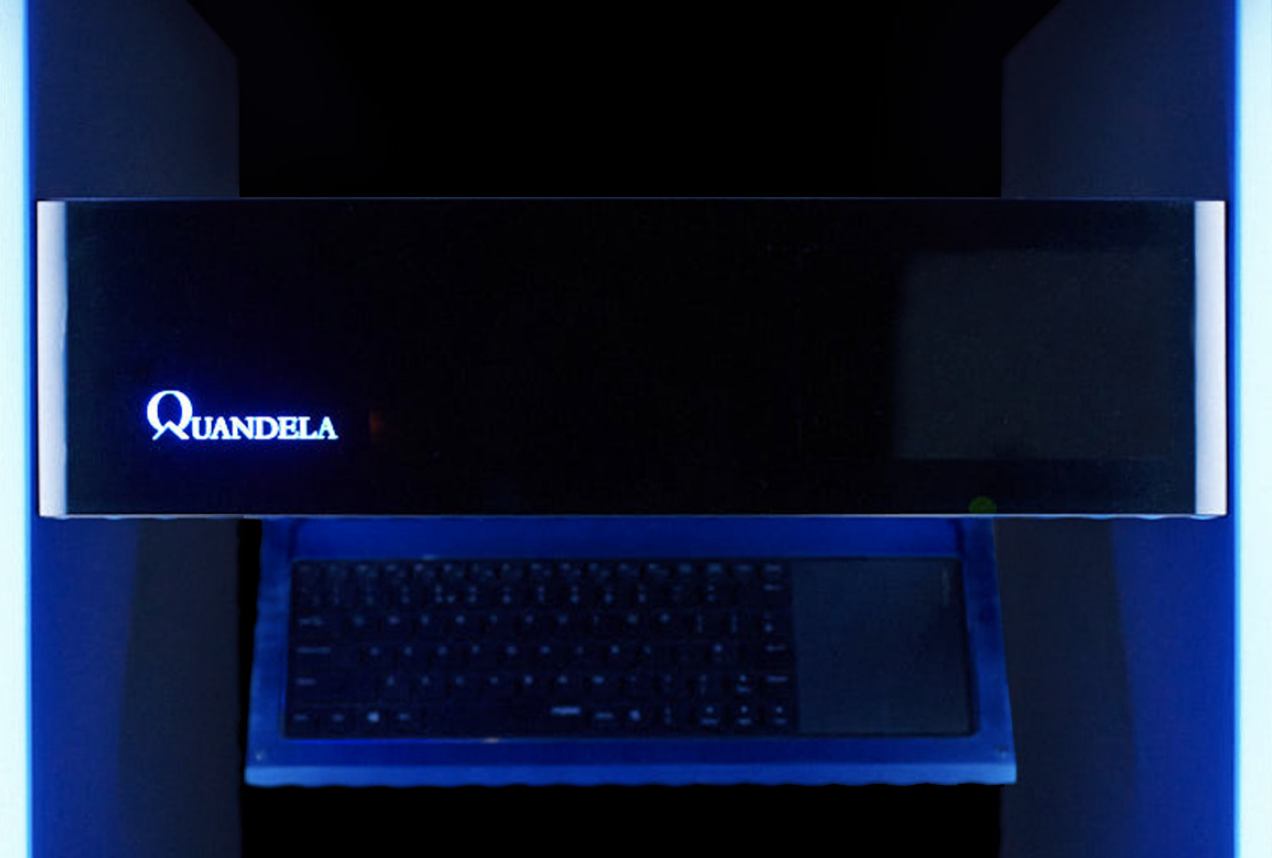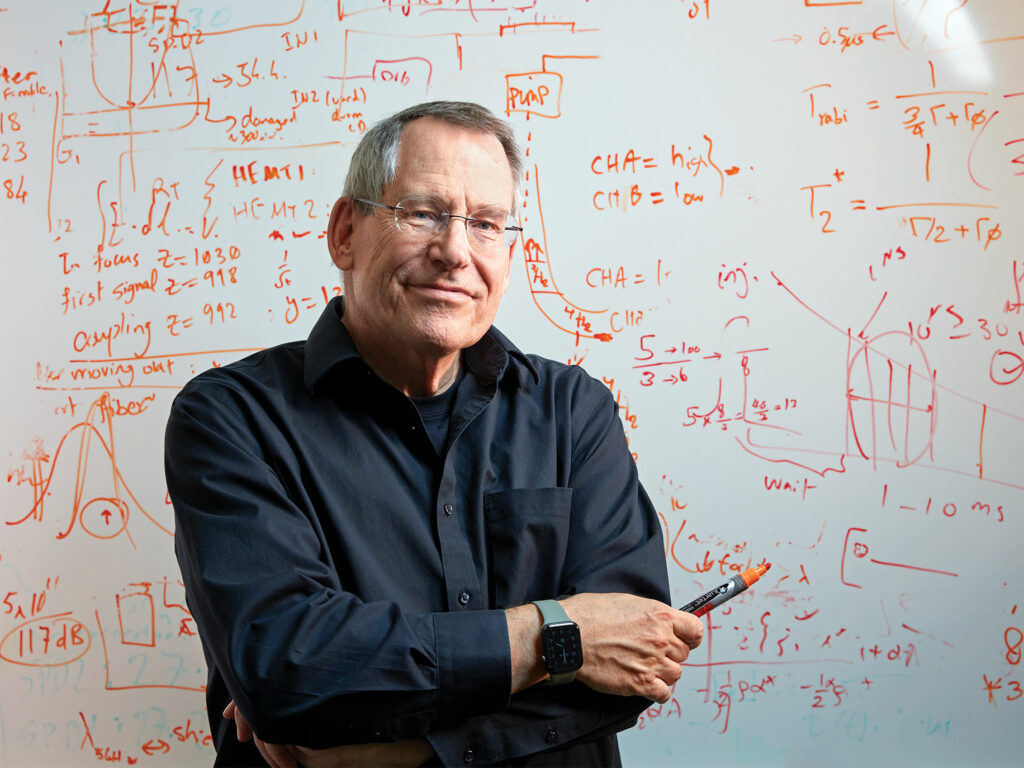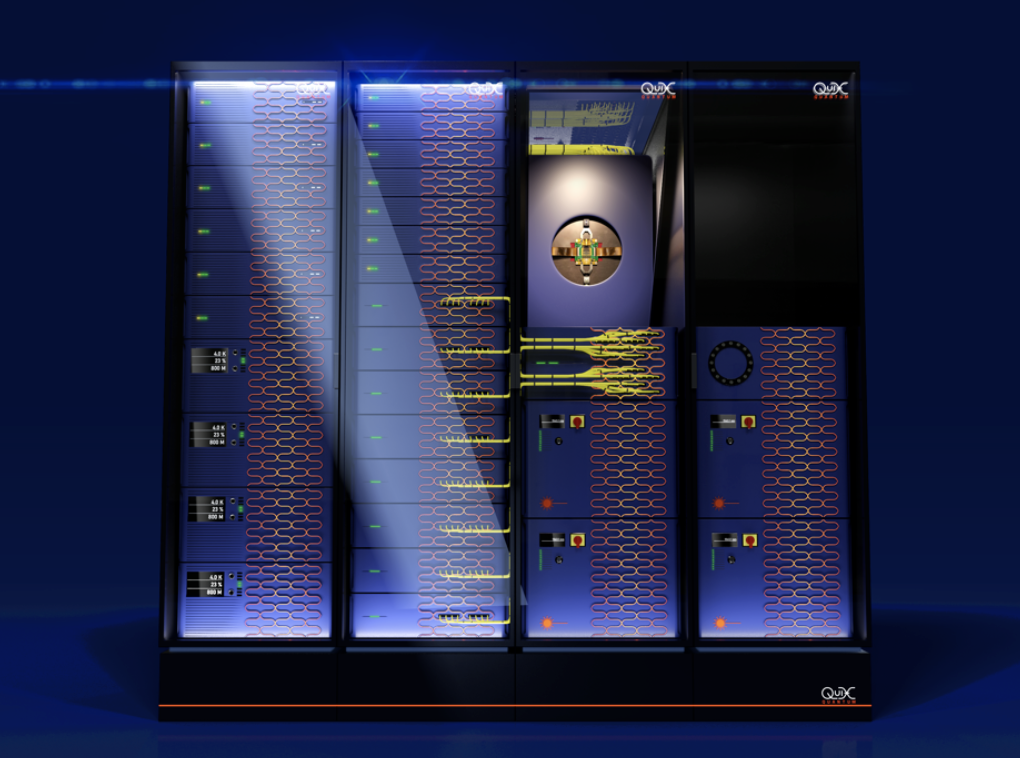Insider Brief
- A Quandela-led research team reports that they have developed a general-purpose quantum computing prototype based on single photon.
- They demonstrated for the first time, a 6-qubit photonic quantum computing reconfigurable platform.
- The team reported their findings in ArXiv.
Among the various approaches to quantum computers, photonic quantum computing stands out for its low qubit decoherence, modest cryogenic requirements and native connectivity that allows for seamless interconnection and integration with classical and quantum networks..
While photonic quantum computers have demonstrated quantum computational advantage in specific tasks, such as boson sampling, they have yet to attain the status of a general quantum computer that is capable of excelling in a wide range of real-world computational challenges. A true general quantum computer would be able to achieve advantages across a diverse set of computational tasks.
Quandela’s Quantum Computing Advance
Now, a team of Quandela-led researchers report that they have developed a general-purpose quantum computing prototype based on single photons, bringing industries closer to practical quantum computing solutions, said Niccolo Somaschi, co-founder, chief technology officer and Chairman of Quandela.
“This demonstrates for the first time, a 6-qubit photonic quantum computing reconfigurable platform, with single-photons, that is user-ready,” said Somaschi “It is cloud connected and optimized on the low level, for efficient user programming with gate based or photonic operations. We also demonstrate the implementation of a set of algorithms with record benchmarking values for 1-, 2-, 3-qubit gates. Finally, we report for the first time on the on-chip generation of a 3-photon entangled state (GHZ state), which represents a fundamental resource for large scale measurement based photonic quantum computing.”

The new processor combines a high-efficiency quantum-dot single-photon source with a reconfigurable chip hosting a universal linear optical network. The team leveraged a machine-learned transpilation process – converting code written in one programming language into another language – to effectively compensate for circuit imperfections, and finally reducing computing errors .
This advance paves the way for remote-controlled computations using logic gates or direct photonic operations, according to the researchers, who report their findings in the pre-print server ArXiv.
The team conducted comprehensive benchmarking tests to evaluate the device’s performance. They achieved exceptional fidelities of 99.6±0.1%, 93.8±0.6%, and 86±1.2% for one-, two-, and three-qubit gates, respectively, demonstrating state-of-the-art accuracy. Furthermore, they were able to demonstrate the implementation of the variational quantum eigensolver algorithm to calculate energy levels of the hydrogen molecule with remarkable precision and speed.
Photon-Native Computation
In addition to gate-based computation, the researchers also showcased the device’s capability for photon-native computation. They implemented a classifier algorithm utilizing a three-photon-based quantum neural network. Furthermore, they demonstrated a six-photon Boson Sampling on a fully universal reconfigurable integrated circuit, marking a significant step forward in quantum computing capabilities.
In addition to near-term algorithms for industry ready use-cases, the team also implemented for the first time on-chip, a protocol permitting to generate a specific 3-particle entangled state, called GHZ, which represents a basic building block for long-term universal quantum computers that implement error correction.
According to the researchers, this 3-photon entanglement generation is a crucial milestone towards the realization of measurement-based quantum computing..
“Generating a 3-photon entangled state via ‘heralding’ – announced – protocol, as demonstrated, represents an important technological step for the implementation of measurement based quantum computing (MBQC),” said Somaschi. “Taken together with gate-based, it is the most viable method for universal quantum computing and perfectly suited for the photonic approach. Besides, this achievement holds immense potential for future quantum information processing and quantum communication applications.”
Photonic Quantum Computing Advance
This user-ready, general-purpose quantum computing processor signifies a major leap forward in the field and places Quandela among the few providers of cloud based digital quantum computing. With its remarkable performance and diverse applications, the work brings the industry closer to a future where quantum computers can solve complex problems that are currently beyond the reach of classical computing systems.
According to Somaschi, the demonstration represents a significant advance in terms of programmability. First, he said the QPU is ‘universal’ in the photonic sense – it runs a universal set of matrices – and allows for selecting arbitrary qubit connections without hardware modifications.
“This ultimately permits to run a wide range of different algorithms as presented in the paper, both with gate-based operation, or in a purely photonics paradigm which is largely un-explored,” said Somaschi. “Other approaches – like previous demonstrations of quantum advantages – are bounded to specific qubit connections or to a specific functionality.”
The platform also differs from current photonic quantum computers because of its modularity.
“Qubit generation, manipulation and detection are performed by different modules integrating the best of the three technologies: semiconductor qubit emitter, photonic integrated circuits on SiN – silicon nitride – and superconducting nanowire detectors with ultra-fast electronics. Each module is manufactured separately allowing for simplification in the assembly, optimized fabrication processing and performance, and allowing for efficient and parallelized optimization, quick upgradability for scale up. Fully monolithic approaches require long fabrication time and complex test cycles; besides they have not yet shown better performance.”
According to Somaschi, the platform is ideally suited for scalability, which he envisions happening in two phases.
“The design is conceived with the purpose to scale,” said Somaschi. “Scaling will happen in two phases; firstly, by increasing the number of qubits – doubling each year – keeping the approach based on single-qubit, i.e. ‘linear optical QC approach’. Secondly, the larger and faster scaling will be achieved via manipulation of entangled photons – cluster states – in protocols similar or inspired to measurement based quantum computing; we will achieve this milestone by keeping a modular and resource efficient approach.”
For the immediate future, the researchers foresee more testing and further refinements to prepare the system for real-world use.
“The next steps will consist of increasing the number of qubits and therefore, computing power,” said Somaschi. “In parallel, we will continue the research effort on the development of algorithms with practical and business value to run on today’s noisy machines.”
The research team included researchers from Quandela and the Centre for Nanosciences and Nanotechnologies, Université Paris-Saclay.
If you found this article to be informative, you can explore more current quantum news here, exclusives, interviews, and podcasts.




















